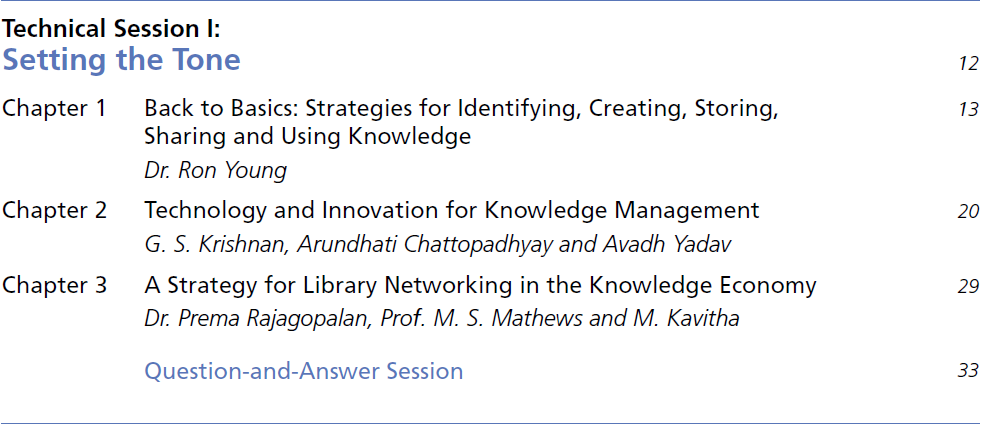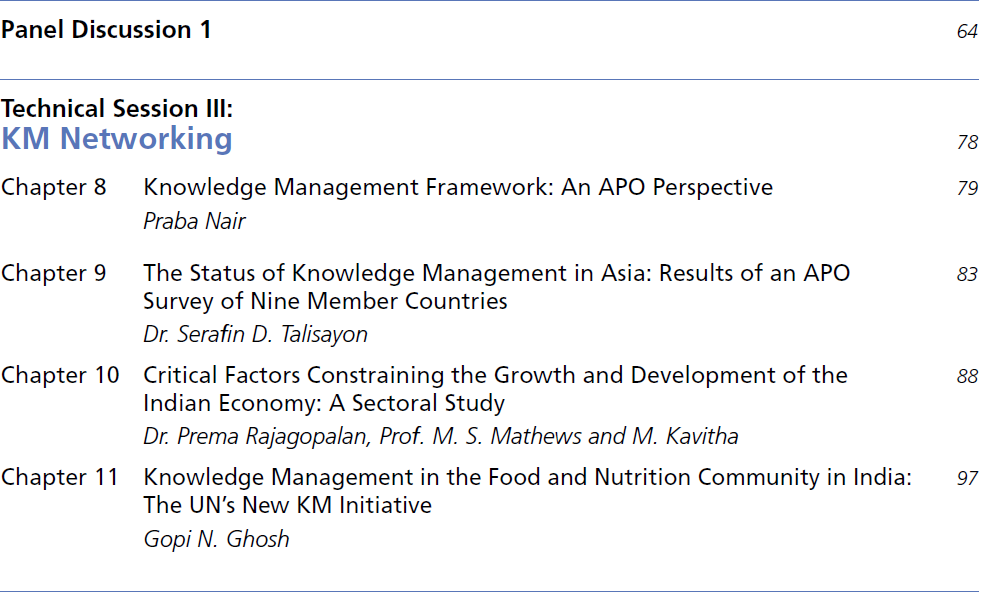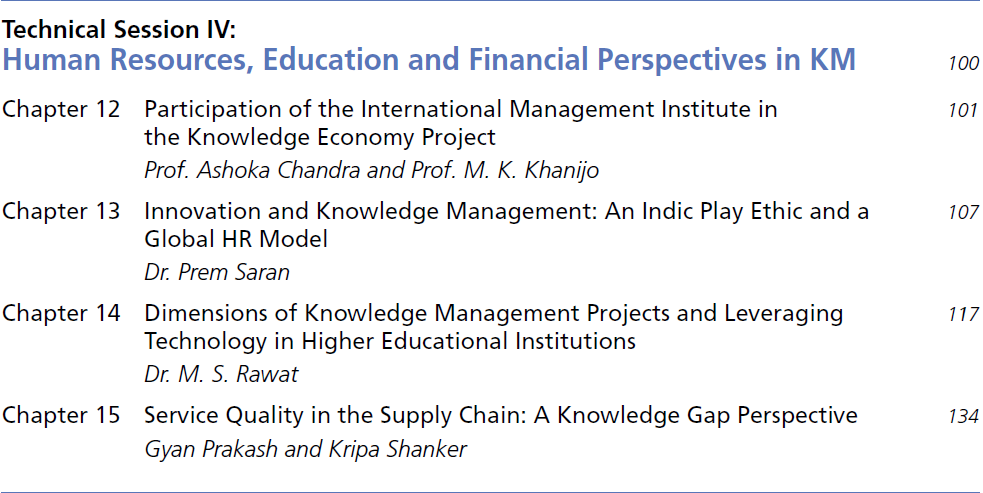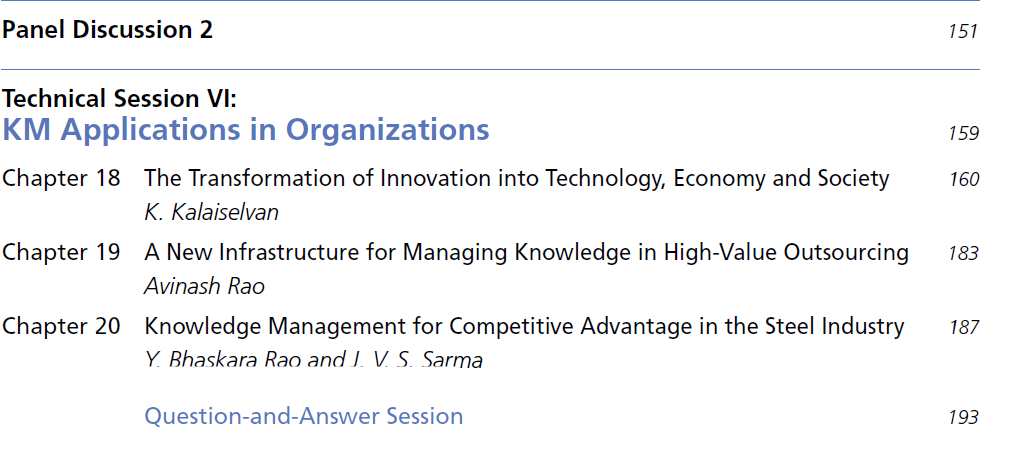Knowledge Management
MAJ : 15/11/11
Consignes
- Merci d'accorder un soin particulier à :
- l'orthographe
- la bibliographie : chaque référence que vous citerez doit apparaître dans la bibliographie, en respectant ce format d'écriture :
- Fung H.Q. (2003), Sending Memorable Messages to the Old: Age Differences in Preferences and Memory for Advertisements, Journal of Personality and Social Psychology, Vol. 85, No. 1, 163–178
Attendu de Rendu
Fond : Synthèse de lecture
- Présentation de l'article
- Problématique de/des auteurs
- Pincipales références utilisées
- Méthologie
- Hypothèses
- Résultats
- Conclusion, Limites et Ouverture possible/envisagée
Forme : 2 pages (une version imprimée + une version postée sur kmcms (rubrique mémoire))
- Format

- Nombre de pages : 2 (bibliographie incluse)
- Interligne 1,5
- Times New Roman
Bibliographie de lectures au format pdf

- Yang Y.-F. (2008), The Roles of Human Resources, Information Technology, and Marketing Knowledge capabilities in Performance: An Extension of the Resource-Based Theory Perspective, social behavior and personality, 36(9), 1269-1282. (voir)
- Song M., Droge C., Hanvanich S. and Calantone R. (2005), Marketing and technology resource complementarity: an analysis of their interaction effect in two environmental contexts, Strategic Management Joumal. 26: 259-276. DOI: 110.1002/smj450. (voir)
- Ravichandran T. and Lertwongsatien C. (2005), Effect of Information Systems Resources and Capabilities on Firm Performance: A Resource-Based Perspective, Journal of Management Information Systems / Spring 2005, Vol. 21, No. 4, pp. 237-276. (voir)
- Rai A. Patnayakuni R. Seth N. (2006), Firm performance impacts of digitally enabled supply chain integration capabilities, Digitally Enabled Supply Chain Integration Capabilities, MIS Quarterly Vol. 30 No. 2. pp. 225-246. (voir)
Proceedings (20 articles)
- From Productivity to Innovation: Proceedings from the Second International Conference on Technology and Innovation for Knowledge Management, 2009 (voir). Read the agenda of these proceedings below:






- Call D. (2005), Knowledge management – not rocket science, Journal of Knowledge Management; Volume: 9 Issue: 2; 2005 General review (voir)
- Bonnie Rubenstein-Montano, Jay Liebowitz, Judah Buchwalter, Doug McCaw, Butler Newman, Ken Rebeck (2001), SMARTVision: a knowledge-management methodology, Journal of Knowledge Management; Volume: 5 Issue: 4; 2001 Research Paper (voir)
- Fei Gao, Meng Li, Steve Clarke (2008), Knowledge, management, and knowledge management in business operations, Journal of Knowledge Management; Volume: 12 Issue: 2; 2008 Research paper (voir)
- Martina E. Greiner, Tilo Böhmann, Helmut Krcmar (2007), A strategy for knowledge management, Journal of Knowledge Management; Volume: 11 Issue: 6; 2007 Research paper (voir)
- Adam Brand (1998), Knowledge Management and Innovation at 3M, Journal of Knowledge Management; Volume: 2 Issue: 1; 1998 Case study (voir)
- Karma Sherif (2006), An adaptive strategy for managing knowledge in organizations, Journal of Knowledge Management; Volume: 10 Issue: 4; 2006 Conceptual paper (voir)
- Philippe Van Berten, Jean-Louis Ermine (2006), Applied knowledge management: a set of well-tried tools, VINE; Volume: 36 Issue: 4; 2006 Research paper (voir)
- Joseph M. Firestone, Mark W. McElroy (2005), Doing knowledge management, The Learning Organization; Volume: 12 Issue: 2; 2005 General review (voir)
- Henning Gebert, Malte Geib, Lutz Kolbe, Walter Brenner (2003), Knowledge-enabled customer relationship management: integrating customer relationship management and knowledge management concepts[1], Journal of Knowledge Management; Volume: 7 Issue: 5; 2003 Research paper (voir)
- Swan, J., Scarbrough, H., Robertson, M. (2002), The construction of 'communities of practice' in the management of innovation, Management Learning, Volume 33(4), p.477-496 (2002) (voir)
- G. Currie and M. Kerrin (2004), The limits of a technological fix to knowledge management: epistemological, political and cultural issues, Management Learning, Vol. 35, No. 1, 9-29 (voir)
- Arnaud, Gilles (2002), Developing in-company research : a French review of observation strategies, Management Decision , Vol. 40, No. 2: 101-115. (voir)







